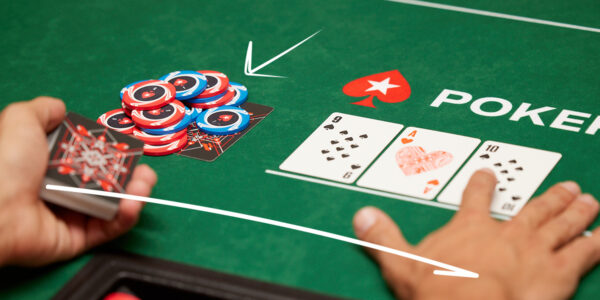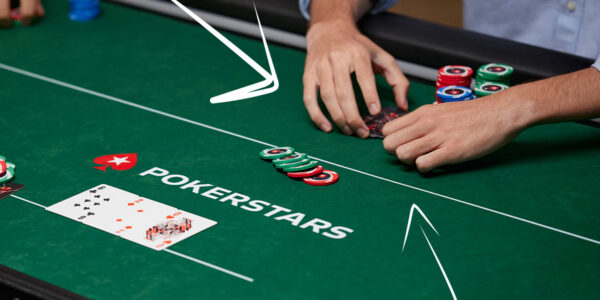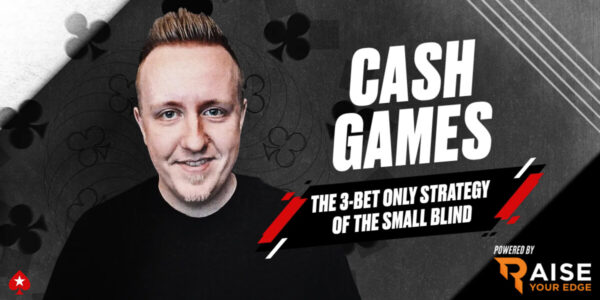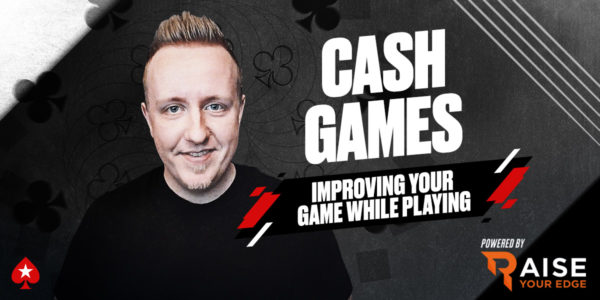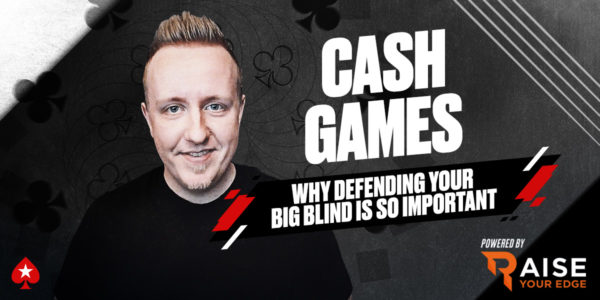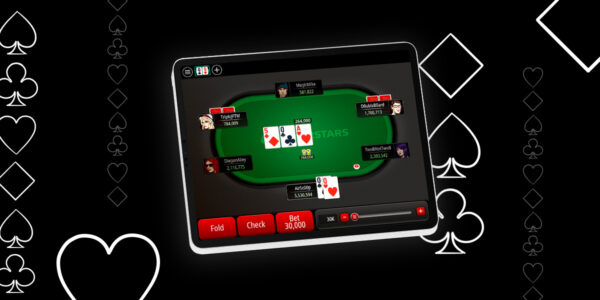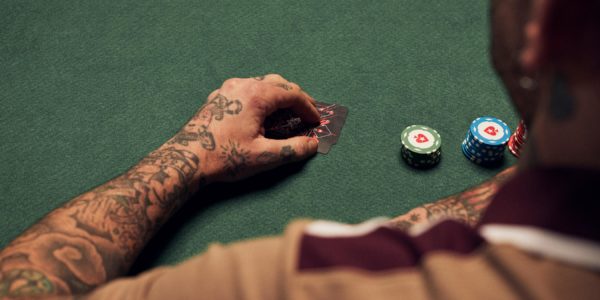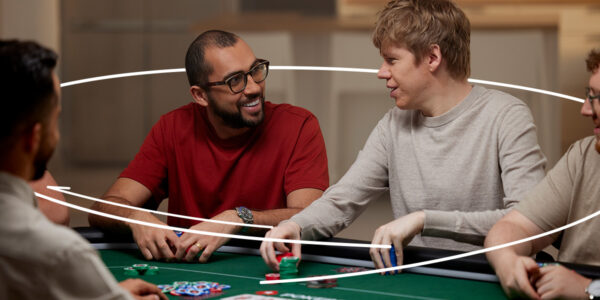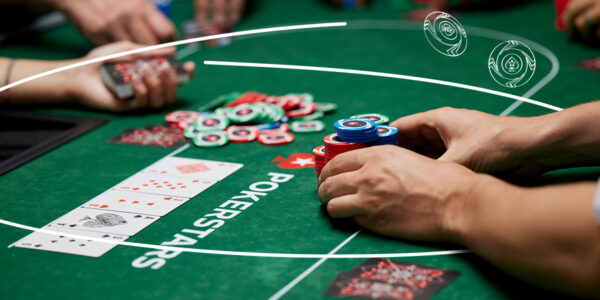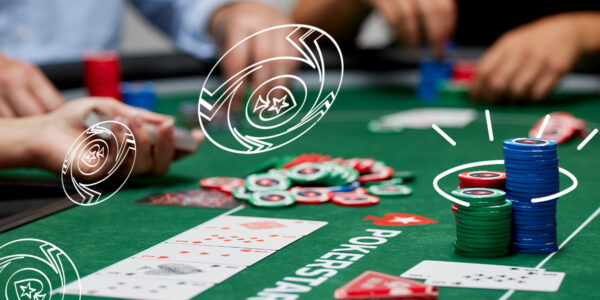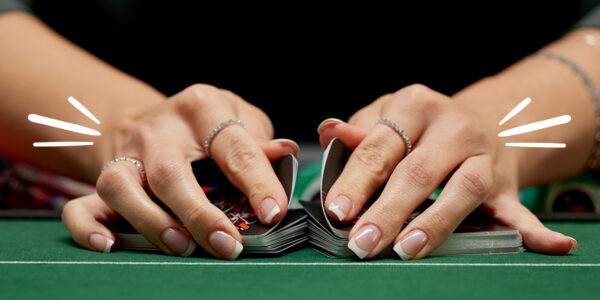6-Max Cash Poker – Continuation Betting
Our focus now shifts from pre-flop to post-flop, and into the ever-common world of continuation betting. A continuation bet (c-bet), in days past, used to mean something along the lines of:
“A continued show of strength by the pre-flop raiser, representing that he has hit the flop.”
These days, such a definition is a little primitive, not to mention presumptuous about the c-bettors motive. We now understand that players c-bet the flop on many occasions regardless of whether they have connected in a large way and that their opponents are aware of this fact. Therefore, since our Villain usually understands that we do not have to have a strong hand to make a c-bet in the majority of situations, it is somewhat patronizing to assume that we are representing anything, or telling any kind of story of strength that our opponent is incentivized to believe. Let us define a c-bet in a more modern and precise way:
“A bet made on the flop by the pre-flop aggressor.”
With that out of the way, when should we choose to make a c-bet?
Mastering such a common spot is not such a question of whether to c-bet a hand in one situation, but more a question of which hands we should c-bet in that situation. In other words, planning how to play our range on a flop in a strategically sound way prepares us for any c-bet opportunity and not just the one that happened to arise today due to our exact hole cards.
Unselective C-Betting
The simplest and often most effective strategy on the flop as the pre-flop raiser can be to c-bet regardless of hand strength and effectively bet every hand in your pre-flop opening range. This is known as unselective c-betting, or more fashionably, range-betting. Before we plough ahead and bet indiscriminately, there exists a set of very strict guidelines as to when such a haphazard c-bet strategy is acceptable. If these guidelines are not met, this approach will entail making a lot of bets that are considerably lower EV than checking would be. We can c-bet unselectively (bet whatever hands we want) when all of the following apply.
- The flop is dry: This means that it does not allow the pre-flop caller many ways of catching up to the pre-flop raiser’s stronger range. Examples of such flops in a typical BU vs. BB scenario would be A64r and 822r. On these flop textures and similar ones, BU remains very far ahead and benefits from a positional advantage to boot. Without specific reads on opponent type, always betting is a solid strategy, which makes life difficult for the pre-flop caller and leverages a range vs. range advantage.
- The pot is heads-up: If we go multi-way to the flop, the idea of betting regardless of our hand strength starts to cost us money. On AK3r (‘r’ stands for rainbow and indicates that there are three different suits) BU vs. BB, in a heads-up pot, we can get away with always betting due to our much higher concentration of strong hands. Betting K6s here makes us money because Villain has to both fold very often and call us with some worse hands such as pocket pairs, gutshots, and 3x. The problem multi-way is that there is an Ace out against us far more often and each opponent can play much tighter. The team of both opponents can defend often enough to our bet without having to call a speculative hand like 77 or 43. Our bet becomes a worse idea than checking due to the extra player in the pot. This is not just true of mediocre hands like Kx, but also hopeless air such as 98o, which will now prefer to get some information before firing a bet into two opponents. We generally need a checking range of some description in multi-way pots.
- We are in position: With a few exceptions, it is largely sensible to only c-bet unselectively when we wield the sledgehammer of position, limiting our opponent’s options for defending profitably. Betting unselectively when out of position is dangerous and should be avoided unless our range is massively stronger than our opponent’s.
Unselective Sizing
If we are intent on betting middle pair, bottom pair, worthless air, and everything in between, it is prudent to use a size that does not cost too much the times we run into a better hand. When we c-bet unselectively, we are very often betting a hand for very thin value or perhaps we are just denying our opponent free cards. Either way, the bulk of our range will lose EV should we size too large and the unselective strategy will quickly become a bad idea.
Size 33-40% of the pot when you are betting unselectively.
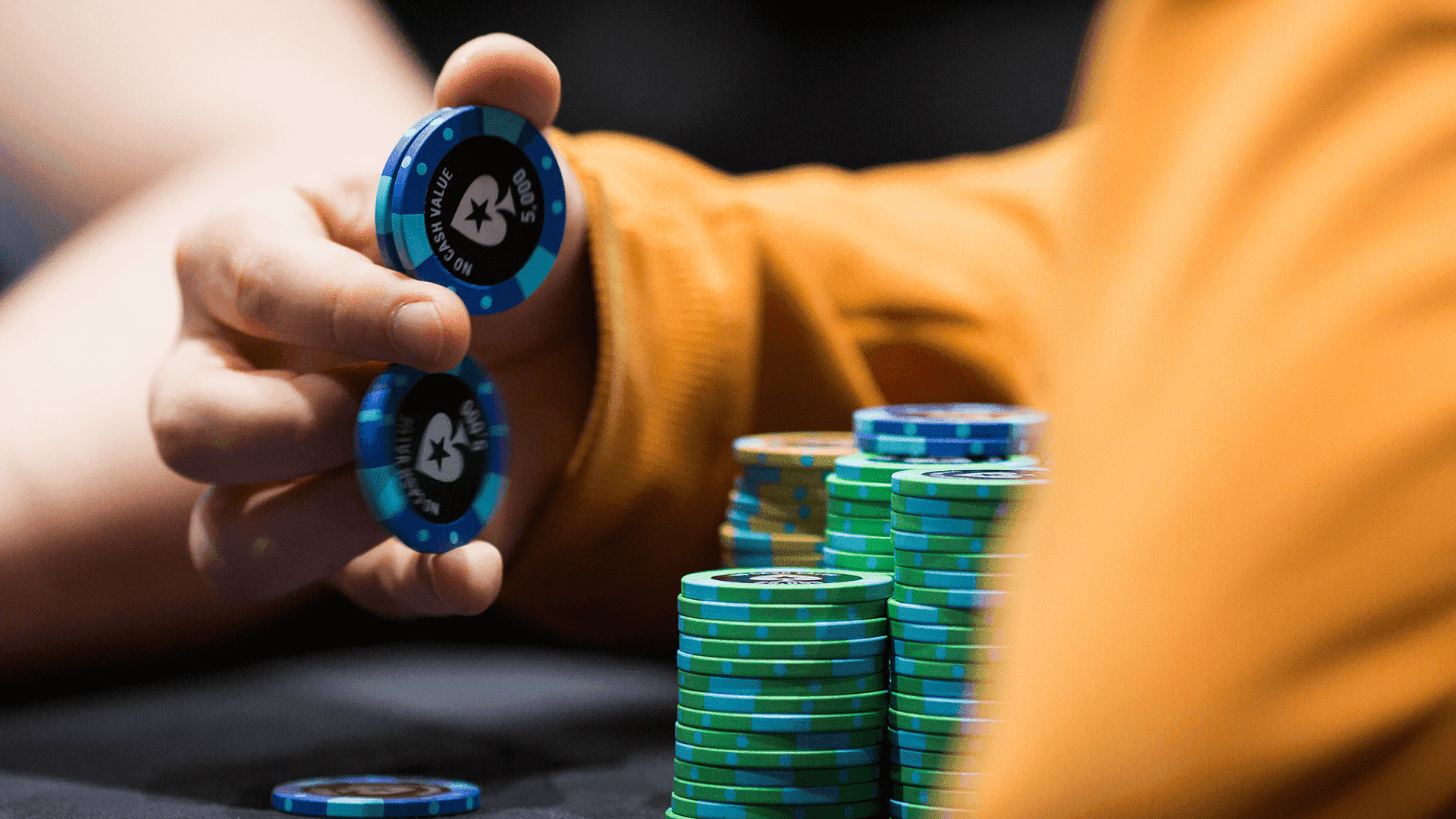
Selective C-Betting
It follows from the above that when the conditions for unselective c-betting are not fulfilled, we need to have a selective c-bet strategy where only certain parts of our range will make the cut. We might also refer to a more selective strategy as a polarized strategy, meaning that the hands we usually bet with are either strong value hands or semi-bluffs. On wet boards, in multiway pots, or when out of position, we should split our range into four groups. As we shall see now: two of these four groups will bet and the other two will check. Let’s break it down.
Let’s take the same BU vs BB situation as we did above, but this time, make the flop much wetter and less favourable for the BU’s range. We are staring at an intimidating J97tt (‘tt’ stands for ‘two tone’, meaning that a flush draw is possible on the flop). This flop allows the BB to catch up significantly as our strong pre-flop raiser’s hands like [QQ+ AK] are no longer invincible; instead, the nutted hands on this texture such as [T8s, 99, 77, J9, J7, 97] are shared by both players. This is what we mean when we say that the pre-flop caller’s range has ‘caught up’. Now it is time to divide our range into a selective and more cautious strategy than the range-bet that we used earlier.
Betting Group 1 – Value Hands
In this spot, we normally want to bet with hands that are clearly ahead when called. This is known as a ‘value-bet’ and building pots with these hands is a healthy part of any winning player’s game. On the J97tt flop, we will bet most of the time, barring some weird and wonderful read with hands such as: [T8, JJ, 99, 77, J9, J7, 97, QQ-AA, QJ-AJ]. Such hands increase their EV by putting more money into the pot and it is almost never reasonable to slowplay them in position.
Checking Group 1 – Mediocre Hands
The next group of hands in the selective approach is our medium strength made hands. These hands are strong enough to win at showdown unimproved a decent amount of the time, but if we start inflating the pot and causing Villain’s range to subsequently narrow, we shall find that they are no longer in good shape. We are left with a choice between winning a small pot quite often and losing a big one very often. I know what I would choose. Checking these hands controls the size of the pot nicely and even gives our opponent the chance to bluff off some chips on the turn or river. After all, on the J97tt flop, Q9o is a lot better at catching a bluff than it is at extracting value from made hands.
Betting Group 2 – Bluffs
In a sensible selective c-bet strategy and barring any reads that our opponent is very fond of the call button, the following is true in poker theory:
Where there is a value-bet, there must be a bluff.
Given that we are building the pot with all of those nutted hands in betting group 1, we also want to apply pressure with some hands that are too weak to check for showdown value (checking group 1). However, we do not want these bluffs to be any old garbage. Since we cannot bet any two cards profitably on this flop texture, we want to choose our bluffs so that they have ways of improving. We would very much like the chance of being bailed out by the deck the times our opponent is not so accommodating as to fold to our flop c-bet. On the J97tt board, we will bluff holdings such as flush draws, gutshots and overcards with backdoor flush draws. Note that betting groups 1 and 2 are balanced. We are sometimes value-betting and sometimes bluffing. Our opponent does not know which and this is the very thing that makes our strategy unexploitable.
Checking Group 2 – Trash
As we just noted, it is not permissible to bluff every hand in our range. To do so would be to become maniacal and offer our opponent a very high EV adjustment in the long-term if he chooses to start calling us down more lightly. As a result, hopeless hands, which have very little scope to improve, do not gain any EV by bluffing unless there is a read that Villain is far too tight. On the J97tt board, we should give up entirely with hands like 44, A3o and 45s. Note that the times we check these awful hands are balanced out by the times we happened to hold checking group 1. Our medium strength hands will call a turn lead from Villain after the flop checks through and so we don’t mind folding our trash in these cases. Checking groups 1 and 2, balance each other just as our betting ranges did.
Selective Sizing
When we make a selective c-bet, we have a clear purpose. Either we are trying to build a large pot for value, or we are trying to apply pressure with a hand that might improve. Either way, no medium strength frail hands are betting and so a large bet size will now maximise EV.
Use a bet size of between 66-100% of the pot when using a selective c-bet strategy.
Conclusion
The advice in this article is nothing more than a recommendation for how to approach the subject of c-betting in a theoretically sound way. We should always feel free to deviate from such an approach wherever Villain is playing in an unbalanced and exploitable way. If your opponent is calling too many c-bets, do not range-bet even if the flop is dry and harmless. If Villain is folding very tightly, then bluff more hands in a selective approach and upgrade some trash into a bluff. Theory is a great thing to have, but the ability to leave it behind when the situation calls for it is perhaps even more valuable.
Condimentum Nibh
Donec sed odio dui. Cras mattis consectetur purus sit amet fermentum. Vestibulum id ligula porta felis euismod semper. Curabitur blandit tempus porttitor.

